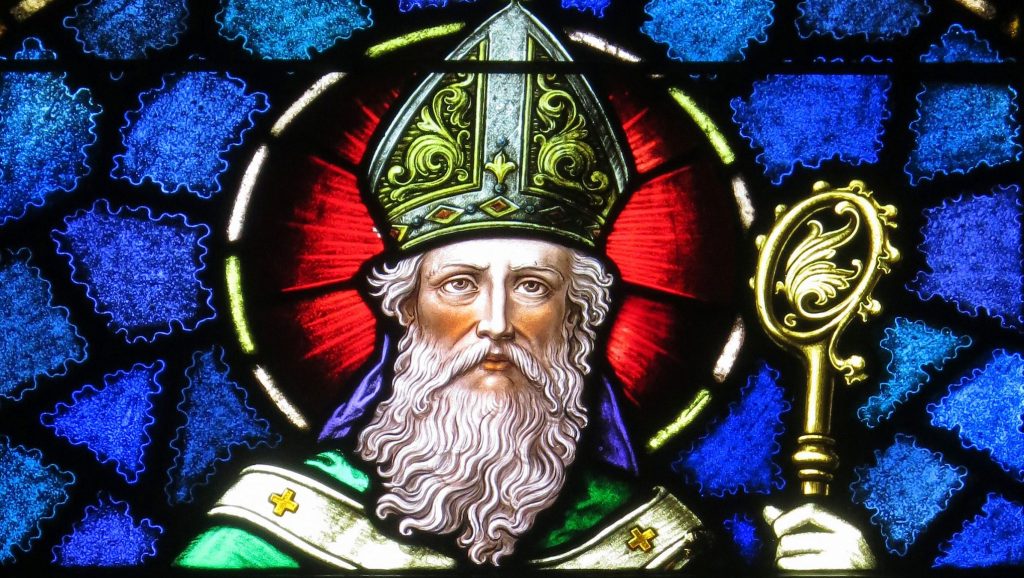St. Patrick of Ireland is believed to have been born around 389 in Britain. He was captured by Irish raiders when he was about 16 years old, and was taken as a slave to Ireland. He lived for six years as a shepherd before escaping and returning to his home.
Back in Britain, Patrick studied the Christian faith at monastic settlements in Italy and what is now France. Around 418, he was ordained a deacon by the Bishop of Auxerre, France, and became a bishop in 432.
Bishop Patrick was assigned to minister to the small Christian communities in Ireland. At the time, they had no central authority and lived in isolation from one another. St. Patrick used what he had learned about Irish culture during his years of captivity to teach the faith to his flock, converting many natives.
St. Patrick used the shamrock to explain the Holy Trinity, and the symbol has become synonymous with Irish Catholic culture.
St. Patrick’s feast day is widely known and celebrated throughout the world, but varying legends and myths about the man himself make it hard to distinguish what is true about him.
Patrick is falsely known as the man who drove away snakes from Ireland, although the climate and location where he lived makes it impossible that snakes have ever inhabited the area.
Patrick was not the first missionary to Ireland, but he is widely regarded as the most successful. His life of sacrifice, prayer, and fasting laid the foundation for many saints who followed after him, and he is known as one of Ireland’s most beloved saints to this day.

